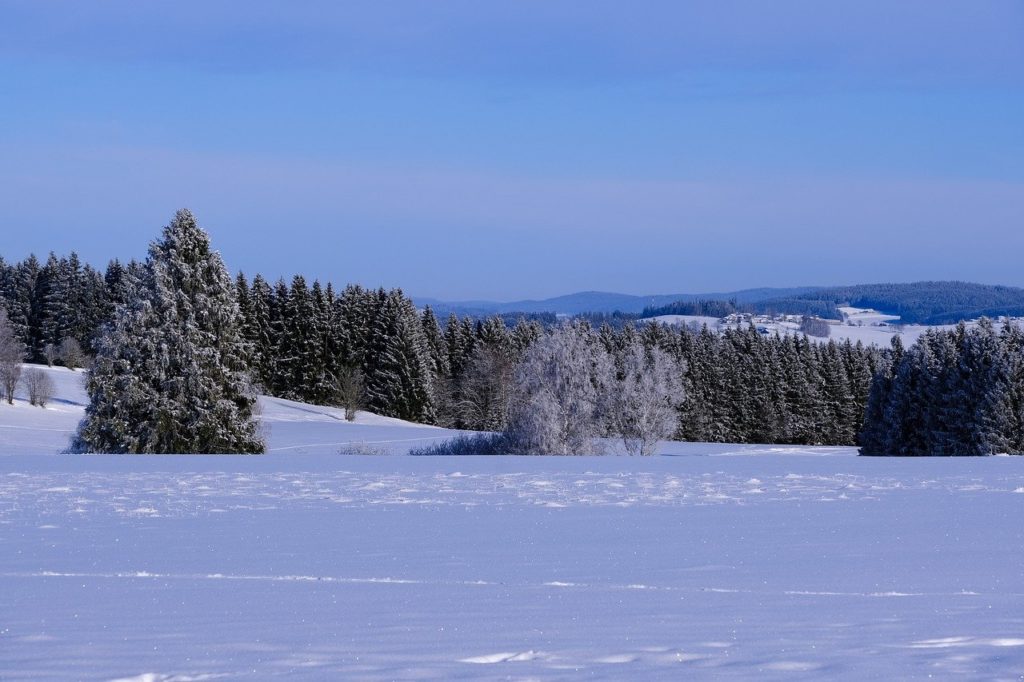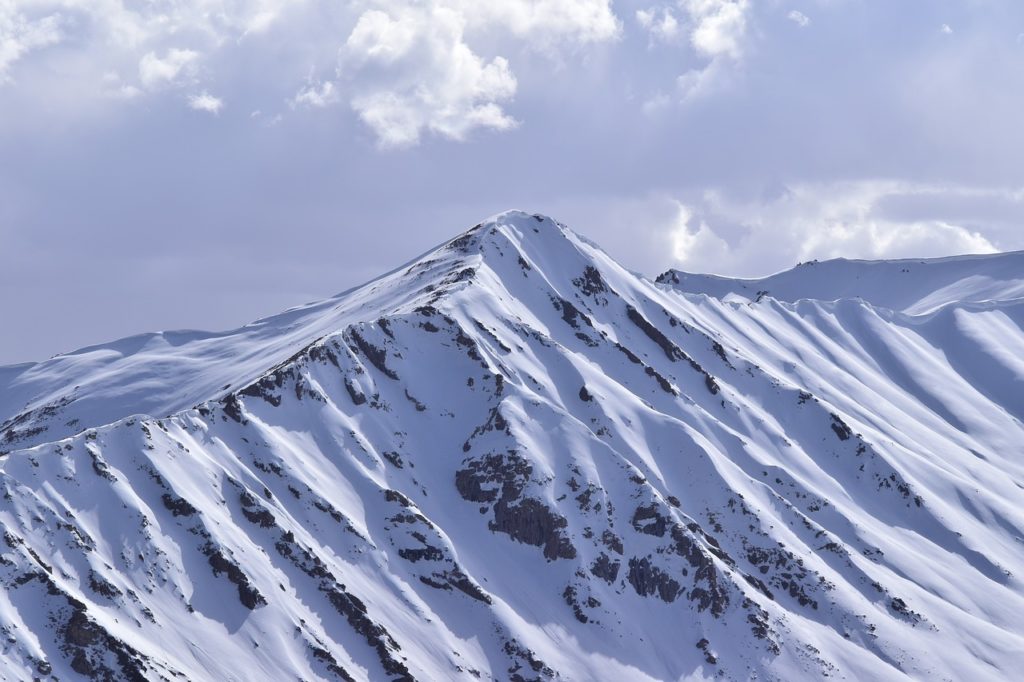Chillai Kalan, also called Chillia Kalan, translates to ’40 days of intense cold’. This term has a Persian origin and means ‘Major Cold’. Chillai Kalan is the Kashmiri name given to the 40-day span of severe cold that falls between December 21 and January 29 each year. During these 40 days, the night and day temperatures are extremely low (mostly below 10 degrees Celsius). Minimum temperatures in the Kashmir Valley fall below zero degrees Celsius, the region experiences heavy snowfall and the snow freezes and lasts longer.
The impact of climate change on Kashmir is such that, in recent years, the region has started experiencing harsher winters and the cold begins earlier than before. This year a cold wave has started in Kashmir much ahead of Chillai Kalan. Fog has engulfed the valley, temperatures are dipping below zero degrees Celsius, and the winter is turning harsher.
In November this year, the minimum temperature in Srinagar was recorded at minus 1.5 degrees Celsius. The temperature in Pahalgam was minus 3.3 degrees Celsius. Gulmarg recorded a low of minus 1.7 degrees Celsius and the minimum temperature in Kupwara was minus 2.4 degrees Celsius. The minimum temperatures recorded in Qazigund and Kokernag were minus 1.4 degrees Celsius and minus 0.9 degrees Celsius respectively.
In the Drass town in Kargil, the minimum temperature was minus 10.8 degrees Celsius, the lowest in India. Leh recorded a low of minus 7.5 degrees Celsius, while the minimum temperature in Kargil town was minus 3.4 degrees Celsius.
The Meteorological Department speculated that the temperatures would drop further through the first week of December and Kashmir and Ladakh would experience dry cold. According to MeT, global warming is the prime reason behind this unusual weather pattern in Kashmir. If not for climate change impacting Kashmir, the harsh winter would have started in the third week of December, precisely December 21, which marks the beginning of Chillai Kalan.
Sonam Lotus, Director, MeT Department said that as the winter begins, people in Kashmir start using devices like bukhari (portable room heaters), which work to keep them warm but due to less space for exhaust and no ventilation, carbon monoxide levels increase, which, in turn leads to global warming. As a protection against the cold, the use of kangri increases. As kangris work on coal, their increasing use leads to shortage of coal and adds to air pollution.
The harsh cold affects the daily life of people living in J&K. The water pipelines freeze and there are frequent power cuts. There’s thick fog, especially in the mornings, and people cannot get out of their houses. The Dal Lake freezes and tourist places like Gulmarg and Sonamarg receive heavy snow, thus hampering the tourism industry. The extreme weather conditions have a negative impact on other important business sectors like agriculture and horticulture, thus affecting the economy of Kashmir. This year, the severe cold has started early and due to global warming and climate change, this trend is predicted to continue, which means, with each passing year, the harsh winter in Kashmir will be preponed.
Sub-zero temperatures have been recorded across the valley and the winter has intensified. A cold wave has gripped Kashmir much ahead of Chillai Kalan. With Kashmir experiencing such erratic weather conditions, it’s high time, all of us, as responsible citizens, take efforts to combat climate change and restore environmental balance.



